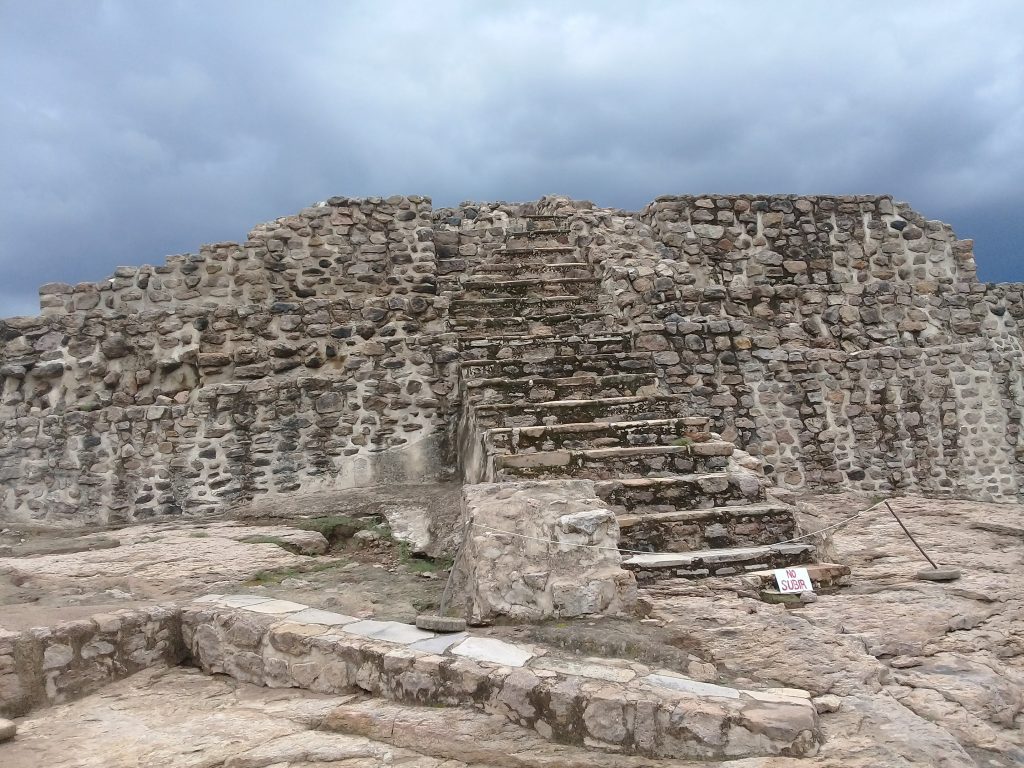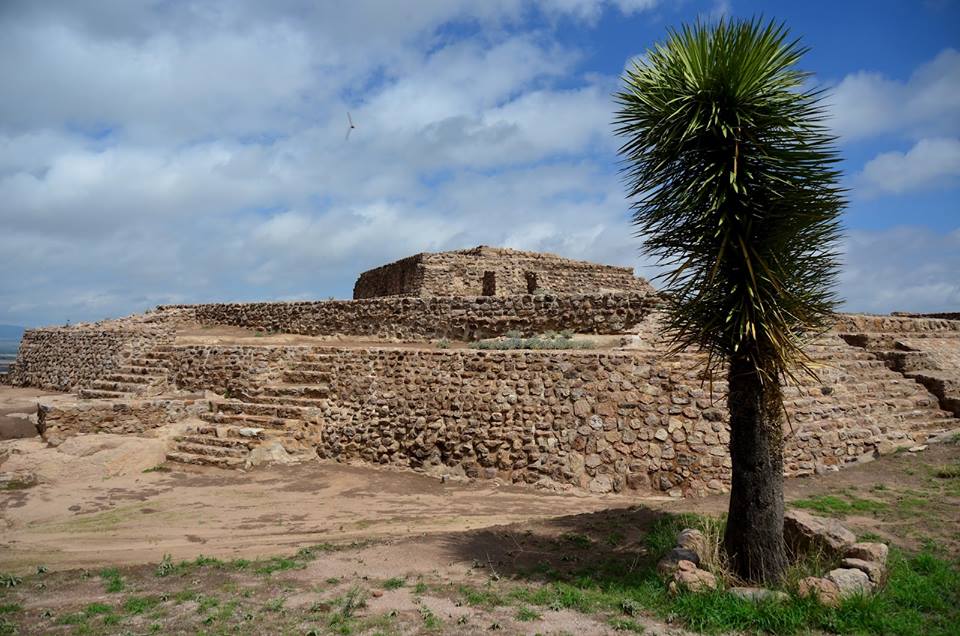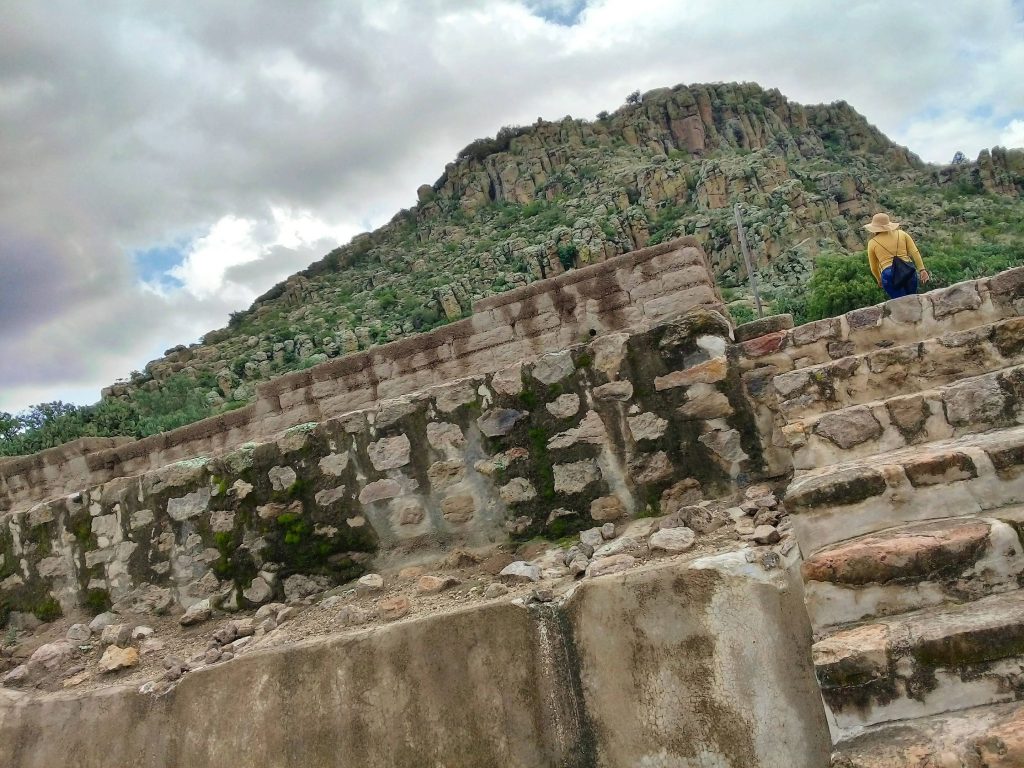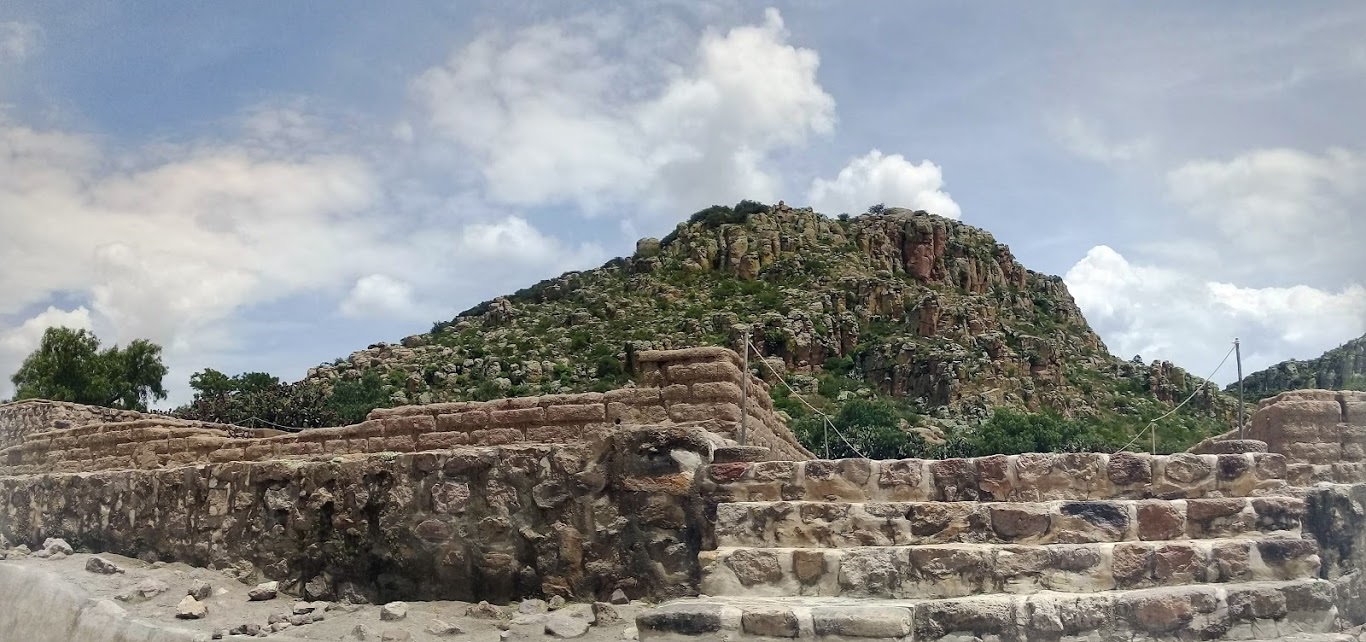El Cóporo, a significant archaeological site located in the northwestern corner of Guanajuato state, Mexico, stands as a testament to the complex prehispanic civilizations that thrived at the northern frontiers of the Mesoamerican cultural area. Situated at an elevation of 150 meters on the western slopes of the Santa Bárbara range, near the San José del Torreón community, El Cóporo spans approximately 84 hectares across the slopes and summit of Cerro del Cóporo. Despite only an estimated five percent of this area having been archaeologically excavated or investigated as of 2009, El Cóporo’s importance is undisputed, recognized as one of the four most significant archaeological sites in the state of Guanajuato.
Get your dose of History via Email
Historical Context
The region of Guanajuato has been inhabited since prehispanic times, initially by native hunter-gatherers of the Chichimeca with a semi-nomadic way of life. However, during the late postclassical period, these lands were occupied by sedentary peoples integrated into high Mesoamerican culture. The prehispanic period in this area is marked by the presence of various ethnic groups that maintained complex forms of partnerships, influenced by the great Mesoamerican cultures, particularly Teotihuacan and Toltec. El Cóporo, with Chupícuaro cultural influences, showcases the cultural diversity and complexity of the region.

The Chichimeca
The term “Chichimeca” was generically used to describe a wide range of semi-nomadic peoples who inhabited northern modern-day Mexico and the southwestern United States. Despite being often regarded as uncultivated and simple nomadic people, the Chichimeca developed significant cultural elements, including temples-fortresses, ballgame courts, pottery, and painting. The predominant Chichimeca nation in the region of El Cóporo were the Guachichiles, known for their warrior spirit and distinctive red body paint.
Religion and Cultural Practices
Religious practices at El Cóporo were conducted in civic-religious centers by priests or sorcerers, often located on the slopes of mountains or high places. The Chichimeca did not have fixed gods, instead worshiping elements such as the Sun and the Moon, with their deities possibly changing from one day to the next.
The Silver Route
El Cóporo’s location suggests its potential role in the extensive trade routes that spanned the Mesoamerican region. These routes facilitated the exchange of minerals, semi-precious stones, and other goods, indicating El Cóporo’s importance in the broader economic and cultural networks of prehispanic Mesoamerica.

Archaeological Investigations
The first archaeological research at El Cóporo was conducted by Beatriz Braniff in 1962, establishing a ceramic sequence and identifying architectural elements linking the site to other significant locations in Zacatecas. Subsequent research has continued to uncover the site’s complex history, including its main occupation period between 500-900 CE, and its eventual abandonment around 1000-1100 CE, likely due to climate change impacting agricultural activities.
Architectural and Cultural Complexes
El Cóporo comprises several architectural and cultural complexes, including four pyramid structures at the hill’s summit and over 150 structures distributed across different zones. These structures indicate a functional differentiation between ceremonial, civic administration, residential, and other spaces. Notable findings include human burials with pigmentation on skeletons, suggesting worship rituals of the dead, and a unique plaza surrounded by platforms with wooden columns, possibly used for astronomical observations and ceremonies linked to the solar cycle.

Current Site Conditions
Despite its historical significance, El Cóporo faces challenges in preservation, with reports of negligence from various governmental bodies. The destruction of ceramic utensils, hunting pieces, and remnants of houses highlights the urgent need for increased efforts to protect and study this invaluable archaeological site.
El Cóporo remains a crucial window into the prehispanic civilizations of northern Mesoamerica, offering insights into the cultural, religious, and economic practices of the peoples who inhabited this region. Continued archaeological investigation and preservation efforts are essential to uncovering the full extent of its historical significance.

